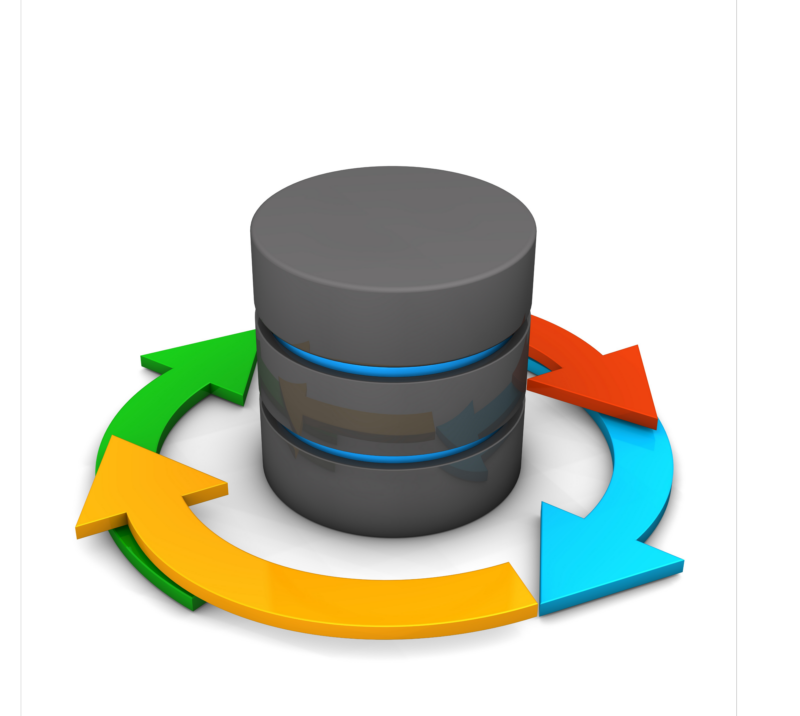Use Cases

• Identifying how data points are connected across systems and ensuring that they are connected correctly. Connecting data points correctly isn’t only essential for running analytics, it also helps discover how the data is interconnected and relative within itself.
• Developing and driving processes based on how data is interconnected across systems.
• Determining and analyzing the repercussions of hierarchal/organizational changes.
• Enhancing data quality and accelerating the data cleansing efforts.

• Identifying duplicates and cross reference information across different sources in a graphical visualization.
• Identifying expired licenses and any expired qualification records.

• Increasing visibility and quality of your data, leading to superior data analysis, accurate revenues and expenses, and precise tax calculations.
• Identifying opportunities for standardizing labels and determining protocols for parts.
• Viewing product similarities and shared costs.

• Blending and linking similar data points to provide insights that will help improve revenue management and yield through data-driven pricing strategies.

• Evaluating data lineages and depicting the results in intuitive graph visualization(s).
• Achieving greater transparency into your data and determining how changes in an application can impact the entire organization.
• Discovering and understanding how errors can be propagated to different systems.

• Cross referencing delivery information to ensure that it is accurate by removing misspellings and erroneous addresses.
• Providing you with a clear picture of drivers, their assignments and their locations.
• Recommending better delivery assignments by analyzing historic trends.
• Blending and linking similar data points to provide insights that will help improve revenue management and yield through data-driven pricing strategies.
• Evaluating compliance of companies along with effectiveness of delivery regions by using interconnected data.

• Efficiently learning, monitoring, analyzing, and searching products and production sites data.
• Managing large volumes of data without sacrificing performance.
• Reducing query writing complexity.
• Quickly building prototypes which empower you to easily view how your supply chain data is connected across the enterprise.

• Determining how the data is linked by a specific pattern, topic, subject, issue, or resolution.
• Understanding patterns and gain insights into your data.

• Providing a unified view of customers and prospects based on their interactions with a product or website across a set of devices and identifiers.
• Providing real-time personalization and advertising targeting for all your users.
• Improving the online customer experience and revenue by analyzing customer clicks and events across different devices.

• Managing customer churn and predicting which expansion strategies will be most profitable by comparing all the different values that exist for a data entity.
• Determining trends and insights based on existing data relationships.

